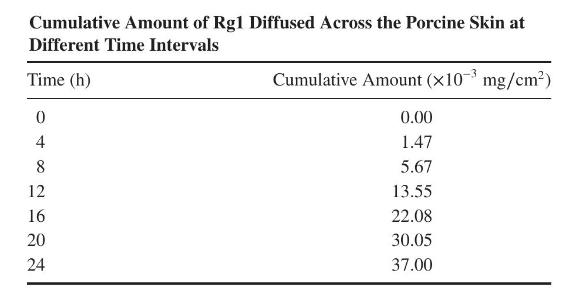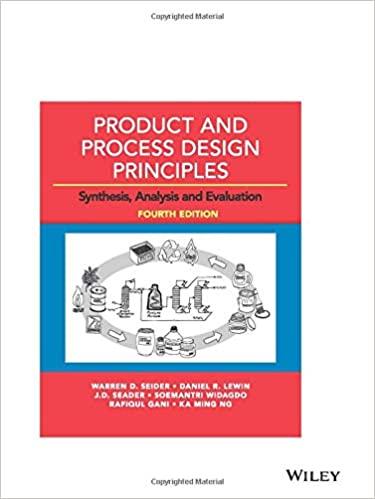A healthcare company decides to produce a medicated transdermal patch to relieve the pain caused by soft
Question:
A healthcare company decides to produce a medicated transdermal patch to relieve the pain caused by soft tissue injuries. This product with a brand name of nanoPatch is based on a traditional herbal formula. The active ingredients are nanomized to facilitate the transdermal delivery. The transdermal patch is composed of a backing layer, a drug-in-adhesive matrix, and a liner layer (see the following figure). The protective liner is torn off prior to application and the drug-in-adhesive matrix is placed directly on the skin. There are different active ingredients in the drug-in-adhesive matrix. Of those, Ginsenoside \(\operatorname{Rg} 1(\operatorname{Rg} 1)\), which promotes angiogenesis for injury recovery, is chosen as the reference marker for product performance.

Schematic diagram of a matrix-type transdermal patch.
(a) In determining the product specifications of the nanoPatch, it is crucial to determine the diffusivity of \(\mathrm{Rg} 1\). The research team of the company performed an in vitro diffusion test across a piece of porcine skin \(1.2 \mathrm{~mm}\) thick. The concentration of \(\mathrm{Rg} 1\) was practically constant at \(10 \mathrm{mg} / \mathrm{cm}^{3}\) on one side (donor side) of the skin and practically zero on the other side (acceptor side). The results are summarized in the following table. Calculate the diffusivity of Rg1 using Fick's first law.

(b) Clinical data show that a cumulative amount of \(5 \mathrm{mg}\) of \(\operatorname{Rg} 1\) must be permeated into the skin in an eight-hour period to achieve the best results. Specifically, what should be the dimensions of the patch? What is the corresponding Rg1 concentration in the adhesive matrix? Assume steady state diffusion.
Step by Step Answer:

Product And Process Design Principles Synthesis Analysis And Evaluation
ISBN: 9781119355243
4th Edition
Authors: Warren D. Seider, Daniel R. Lewin, J. D. Seader, Soemantri Widagdo, Rafiqul Gani, Ka Ming Ng





